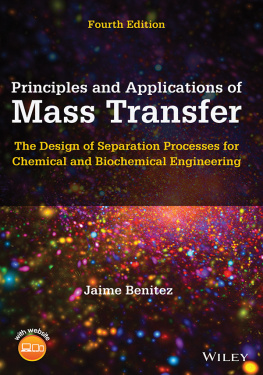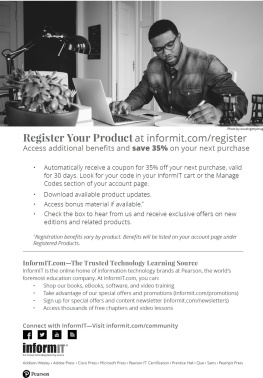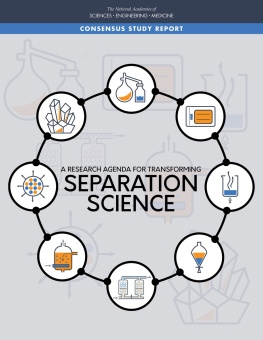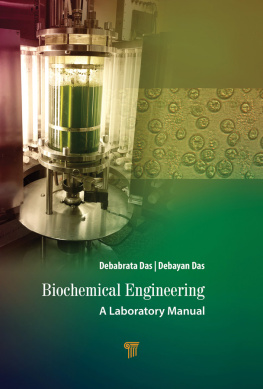Phillip Wankat - Separation Process Engineering: Includes Mass Transfer Analysis
Here you can read online Phillip Wankat - Separation Process Engineering: Includes Mass Transfer Analysis full text of the book (entire story) in english for free. Download pdf and epub, get meaning, cover and reviews about this ebook. City: Harlow, year: 2022, publisher: Pearson, genre: Science. Description of the work, (preface) as well as reviews are available. Best literature library LitArk.com created for fans of good reading and offers a wide selection of genres:
Romance novel
Science fiction
Adventure
Detective
Science
History
Home and family
Prose
Art
Politics
Computer
Non-fiction
Religion
Business
Children
Humor
Choose a favorite category and find really read worthwhile books. Enjoy immersion in the world of imagination, feel the emotions of the characters or learn something new for yourself, make an fascinating discovery.

- Book:Separation Process Engineering: Includes Mass Transfer Analysis
- Author:
- Publisher:Pearson
- Genre:
- Year:2022
- City:Harlow
- Rating:5 / 5
- Favourites:Add to favourites
- Your mark:
Separation Process Engineering: Includes Mass Transfer Analysis: summary, description and annotation
We offer to read an annotation, description, summary or preface (depends on what the author of the book "Separation Process Engineering: Includes Mass Transfer Analysis" wrote himself). If you haven't found the necessary information about the book — write in the comments, we will try to find it.
Efficient separation processes are crucial to addressing many societal problems, from developing new medicines to improving energy efficiency and reducing emissions. Separation Process Engineering, Fifth Edition, is the most comprehensive, accessible guide to modern separation processes and the fundamentals of mass transfer. In this completely updated edition, Phillip C. Wankat teaches each key concept through detailed, realistic examples using actual data--with up-to-date simulation practice, spreadsheet-based exercises, and references.
Wankat thoroughly covers each separation process, including flash, column, and batch distillation; exact calculations and shortcut methods for multicomponent distillation; staged and packed column design; absorption; stripping; and more. His extensive discussions of mass transfer and diffusion enable faculty to teach separations and mass transfer in a single course. And detailed material on liquid-liquid extraction, adsorption, chromatography, and ion exchange prepares students for advanced work.
New and updated content includes melt crystallization, steam distillation, residue curve analysis, batch washing, the Shanks system for percolation leaching, eutectic systems, forward osmosis, microfiltration, and hybrid separations. A full chapter discusses economics and energy conservation, including updated equipment costs. Over 300 new and updated homework problems are presented, all extensively tested in undergraduate courses at Purdue University.
- New chapter on melt crystallization: solid-liquid phase equilibrium, suspension, static and falling film layer approaches, and 34 questions and problems
- New binary VLE equations and updated content on simultaneous solutions
- New coverage of safety and fire hazards
- New material on steam distillation, simple multi-component batch distillation, and residue curve analysis
- Expanded discussion of tray efficiencies, packed column design, and energy reduction in distillation
- New coverage of two hybrid extraction with distillation, and the Kremser equation in fractional extraction
- Added sections on deicing with eutectic systems, eutectic freeze concentration, and scale-up
- New sections on forward osmosis and microfiltration
- Expanded advanced content on adsorption and ion exchange including updated instructions for eight detailed Aspen Chromatography labs
- Discussion of membrane separations, including gas permeation, reverse osmosis, ultrafiltration, pervaporation, and applications
- Thirteen up-to-date Aspen Plus process simulation labs, adaptable to any simulator
Phillip Wankat: author's other books
Who wrote Separation Process Engineering: Includes Mass Transfer Analysis? Find out the surname, the name of the author of the book and a list of all author's works by series.







